52cc 62cc 65cc gasoline Mini cultivator tiller
product DETAILS


product description
The working principle of a small plow is mainly based on the operation process of its core components - rotary tiller components (for rotary tillers) or plow blades (for traditional plows), as well as the coordination of the transmission system. The following is an overview of the working principles of two common types of small plows:
Working principle of rotary tiller plow:
1. Power source: Small rotary tillers are usually powered by gasoline or diesel engines. The engine transmits power to rotary tiller components through transmission devices such as belts, chains, or gearboxes.
2. Rotary tiller components: The rotary tiller components are located in front of the machine and typically consist of one or more rotary tiller shafts with sharp blades. These rotary tillage axes are arranged horizontally, and the blades installed on them are arranged in a circular pattern.
3. Soil cultivation: When the rotary tillage axis rotates, the blade penetrates deep into the soil, cuts and mixes the soil through shearing, cutting, and stirring actions, and tilts weeds, residual crops, etc. into the soil. At the same time, the high-speed rotation of rotary tillage components will also throw the soil to one side, achieving the effect of loosening the soil and leveling the ground.
4. Depth and width adjustment: The depth and width of rotary tillage can be controlled by adjusting the height of the blade shaft and the width of the rotary tillage components to meet different cultivation needs.
The working principle of traditional plows:
1. Power transmission: The power is also provided by the engine and transmitted to the plow body through the transmission system.
2. Plow body structure: Traditional small plows usually have one or more plow blades (also known as plowshares), which are installed on the plow frame, which is connected to the tractor or other traction equipment through a suspension device.
3. Farming process: The plow blade cuts into the soil and uses its shape and weight to flip the soil to one side, achieving the goal of loosening the soil, damaging weed roots, and mixing crop residues. The depth and width of plowing are mainly determined by the size and angle of the plow blade, as well as the speed of the tractor.
4. Adjustment and adaptability: By adjusting the angle and depth of the plow blade, it can adapt to different types of soil and cultivation requirements, such as shallow or deep plowing.
Whether it is a rotary tiller or a traditional plow, its design purpose is to effectively break the soil, improve soil structure, enhance soil permeability and water retention capacity, and provide good bed soil conditions for sowing. Proper use and maintenance of these equipment can significantly improve agricultural production efficiency.
Working principle of rotary tiller plow:
1. Power source: Small rotary tillers are usually powered by gasoline or diesel engines. The engine transmits power to rotary tiller components through transmission devices such as belts, chains, or gearboxes.
2. Rotary tiller components: The rotary tiller components are located in front of the machine and typically consist of one or more rotary tiller shafts with sharp blades. These rotary tillage axes are arranged horizontally, and the blades installed on them are arranged in a circular pattern.
3. Soil cultivation: When the rotary tillage axis rotates, the blade penetrates deep into the soil, cuts and mixes the soil through shearing, cutting, and stirring actions, and tilts weeds, residual crops, etc. into the soil. At the same time, the high-speed rotation of rotary tillage components will also throw the soil to one side, achieving the effect of loosening the soil and leveling the ground.
4. Depth and width adjustment: The depth and width of rotary tillage can be controlled by adjusting the height of the blade shaft and the width of the rotary tillage components to meet different cultivation needs.
The working principle of traditional plows:
1. Power transmission: The power is also provided by the engine and transmitted to the plow body through the transmission system.
2. Plow body structure: Traditional small plows usually have one or more plow blades (also known as plowshares), which are installed on the plow frame, which is connected to the tractor or other traction equipment through a suspension device.
3. Farming process: The plow blade cuts into the soil and uses its shape and weight to flip the soil to one side, achieving the goal of loosening the soil, damaging weed roots, and mixing crop residues. The depth and width of plowing are mainly determined by the size and angle of the plow blade, as well as the speed of the tractor.
4. Adjustment and adaptability: By adjusting the angle and depth of the plow blade, it can adapt to different types of soil and cultivation requirements, such as shallow or deep plowing.
Whether it is a rotary tiller or a traditional plow, its design purpose is to effectively break the soil, improve soil structure, enhance soil permeability and water retention capacity, and provide good bed soil conditions for sowing. Proper use and maintenance of these equipment can significantly improve agricultural production efficiency.

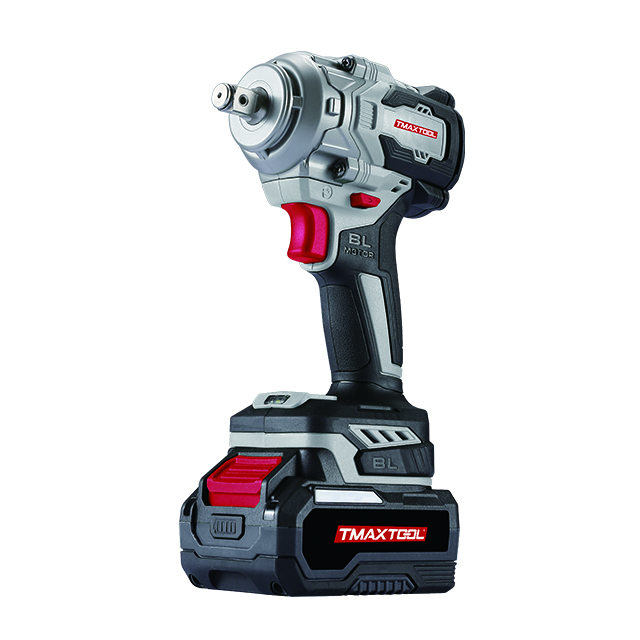 Impact Wrench
Impact Wrench
 Screwdriver
Screwdriver
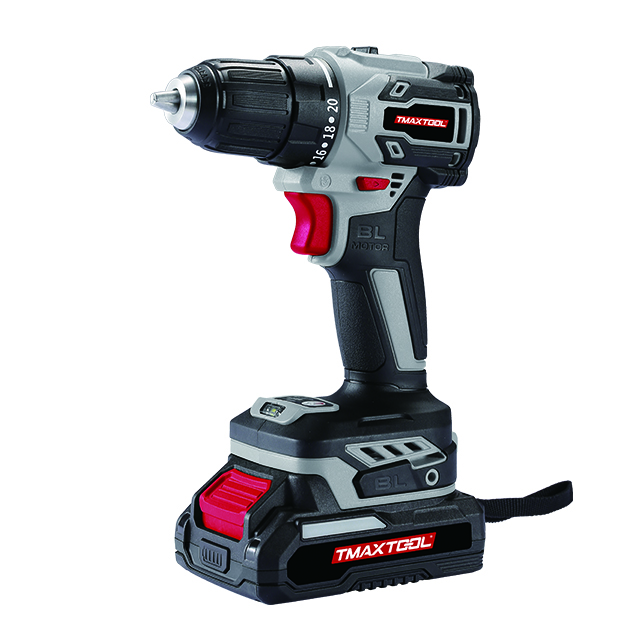 Cordless Drill
Cordless Drill
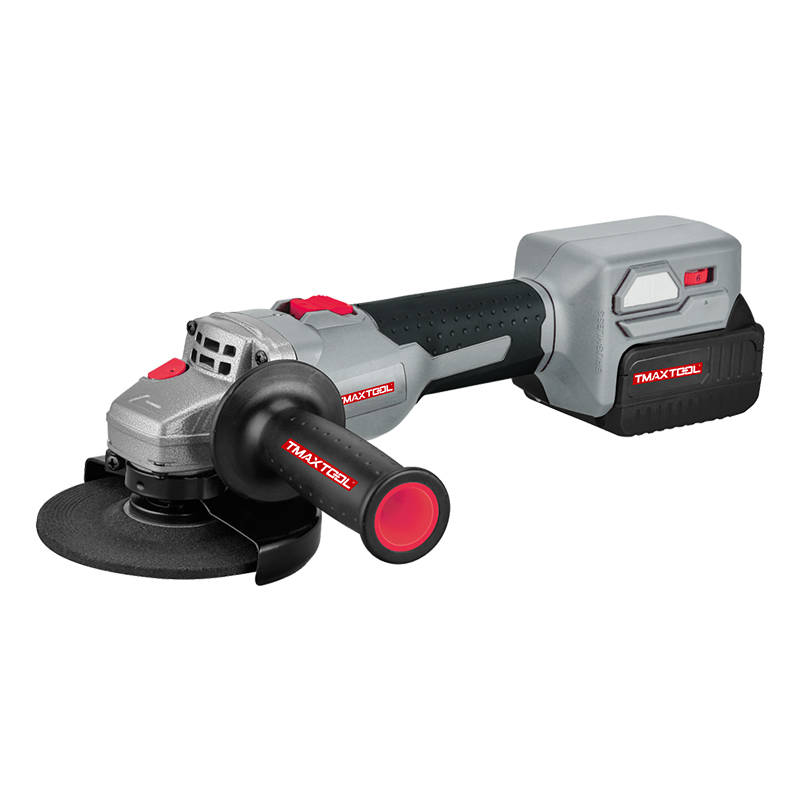 Angle Grinder
Angle Grinder
 Polisher
Polisher
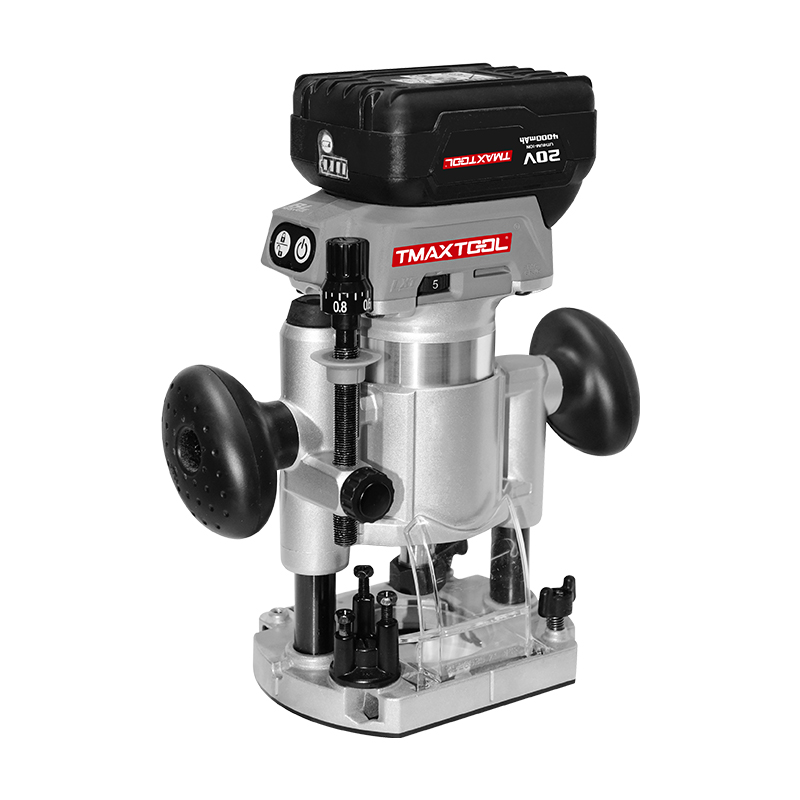 Wood Router
Wood Router
 Jig Saw
Jig Saw
 Hammer Drill
Hammer Drill
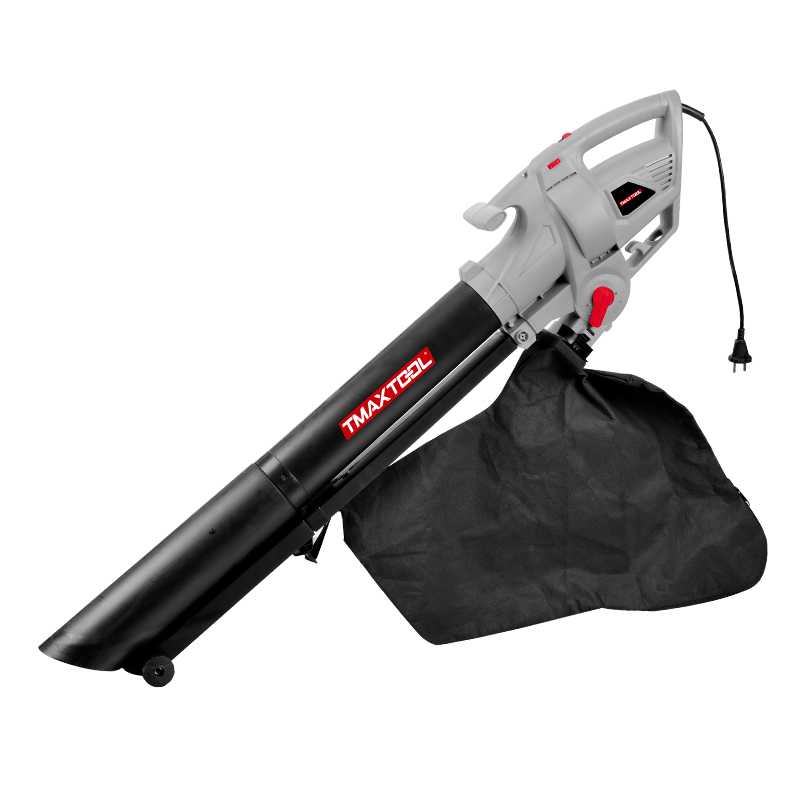 Portable Blower
Portable Blower
 Orbital Sander
Orbital Sander
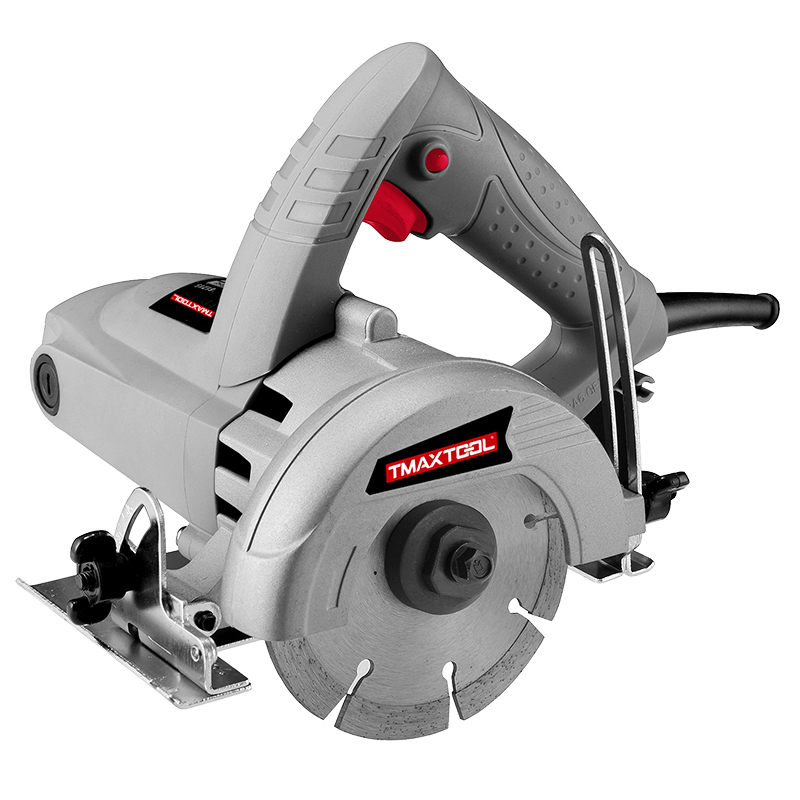 Marble Cutter
Marble Cutter
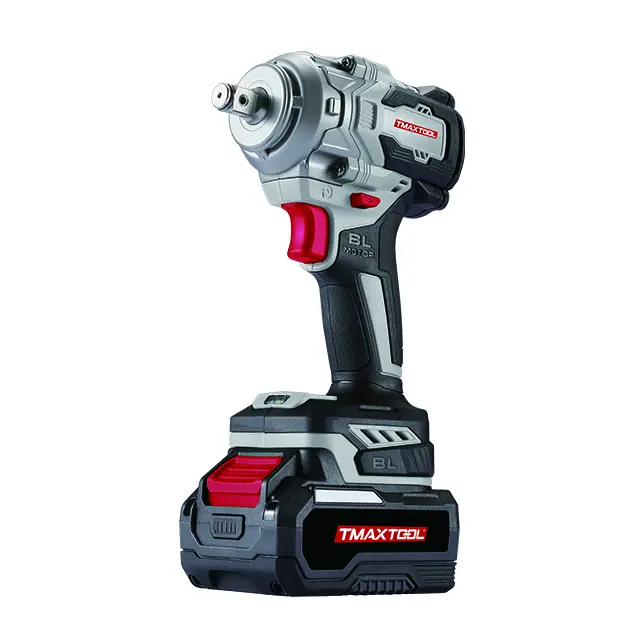 GARDEN TOOLS
GARDEN TOOLS
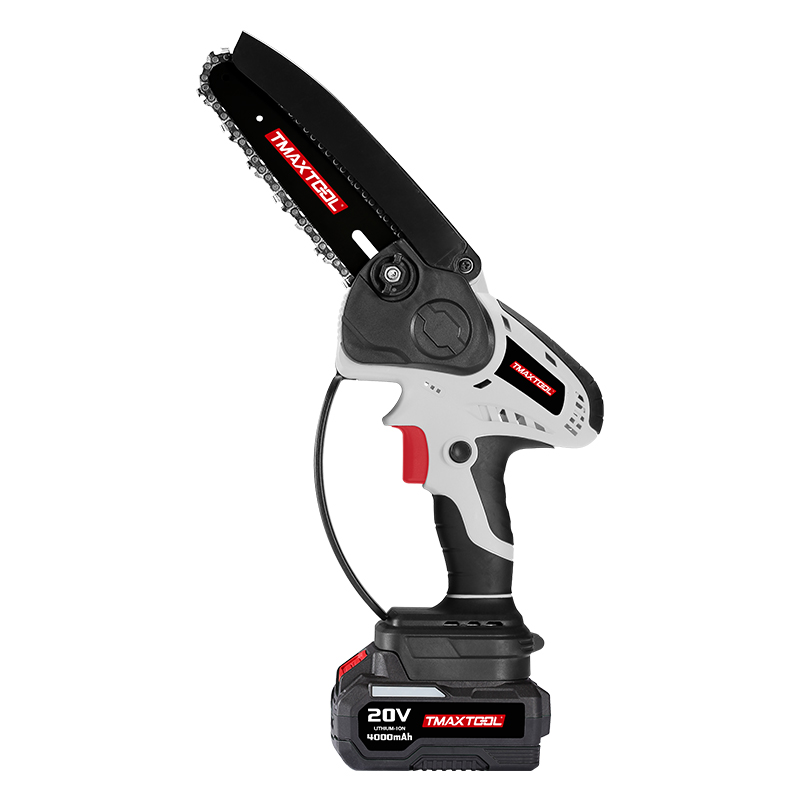 Battery Chain Saw
Battery Chain Saw
 Battery Brush Cutter
Battery Brush Cutter
 Battery Hedge Trimmer
Battery Hedge Trimmer
 Battery Multi Tool
Battery Multi Tool
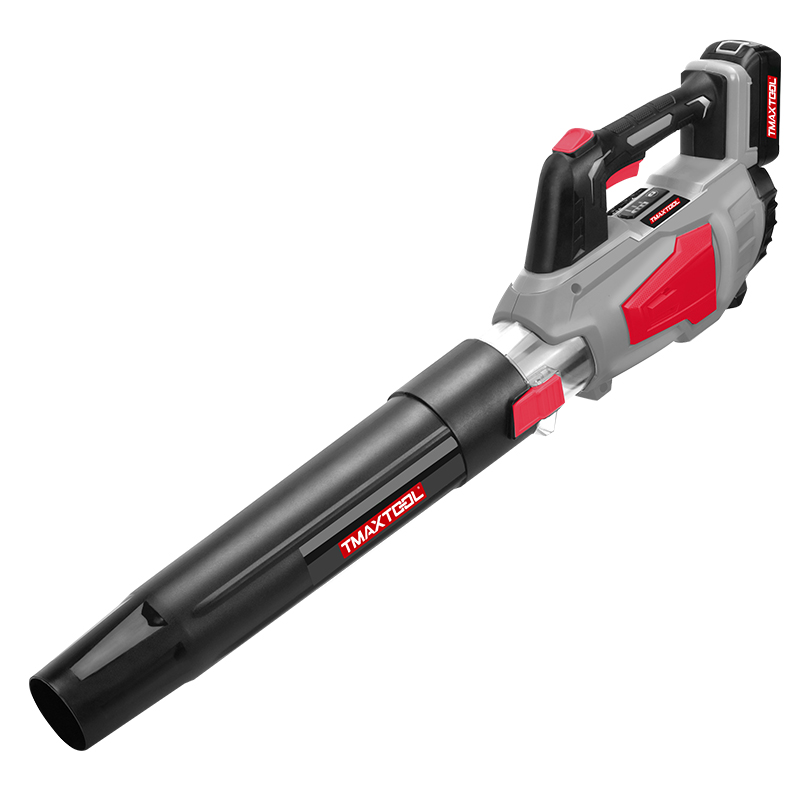 Battery Blower
Battery Blower
 Batter Pruning Shears
Batter Pruning Shears
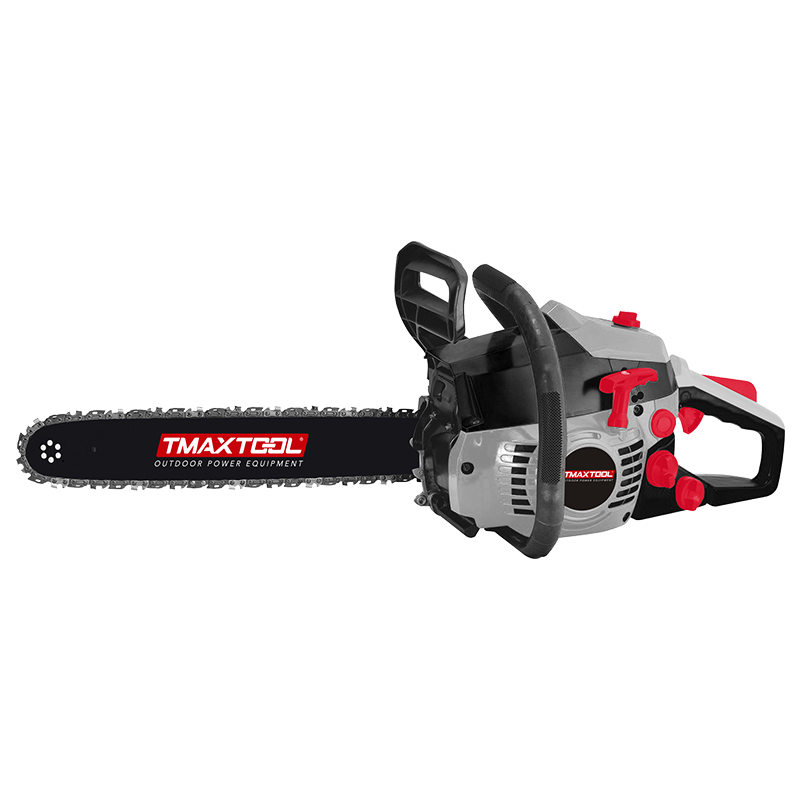 Chain Saw
Chain Saw
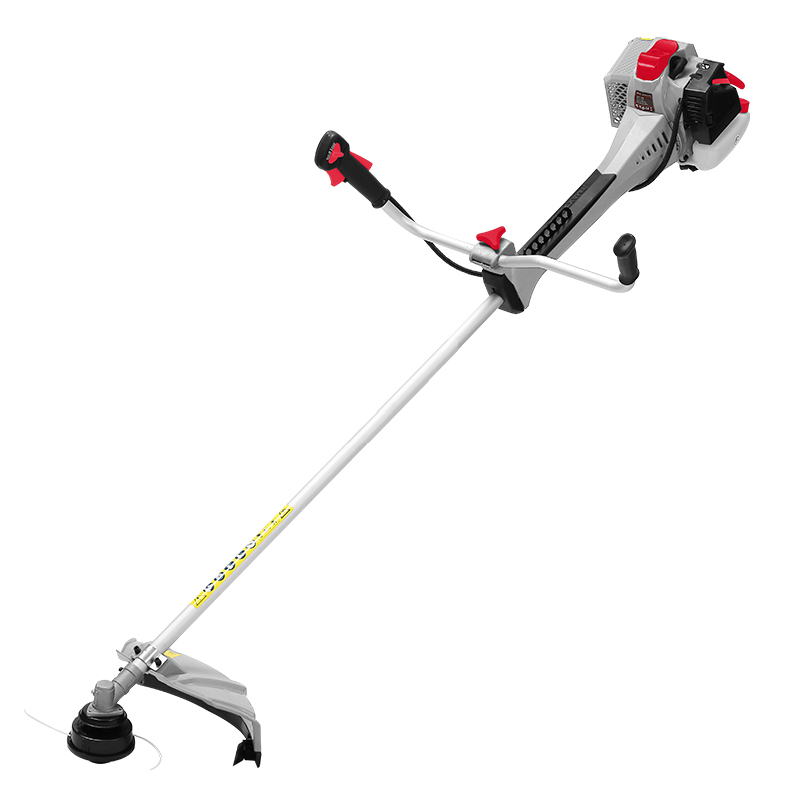 Brush Cutter
Brush Cutter
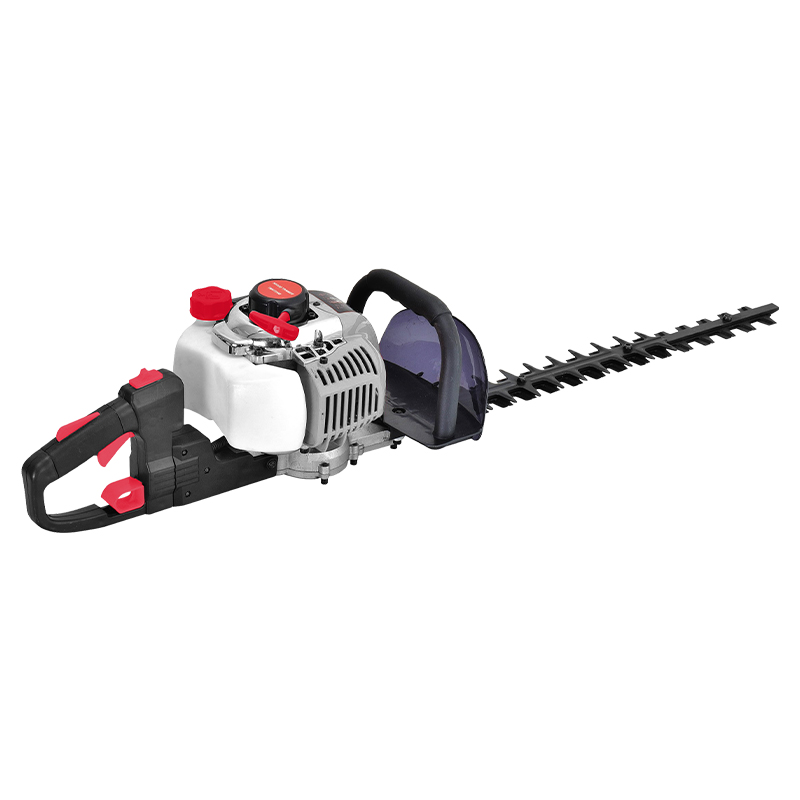 Hedge Trimmer
Hedge Trimmer
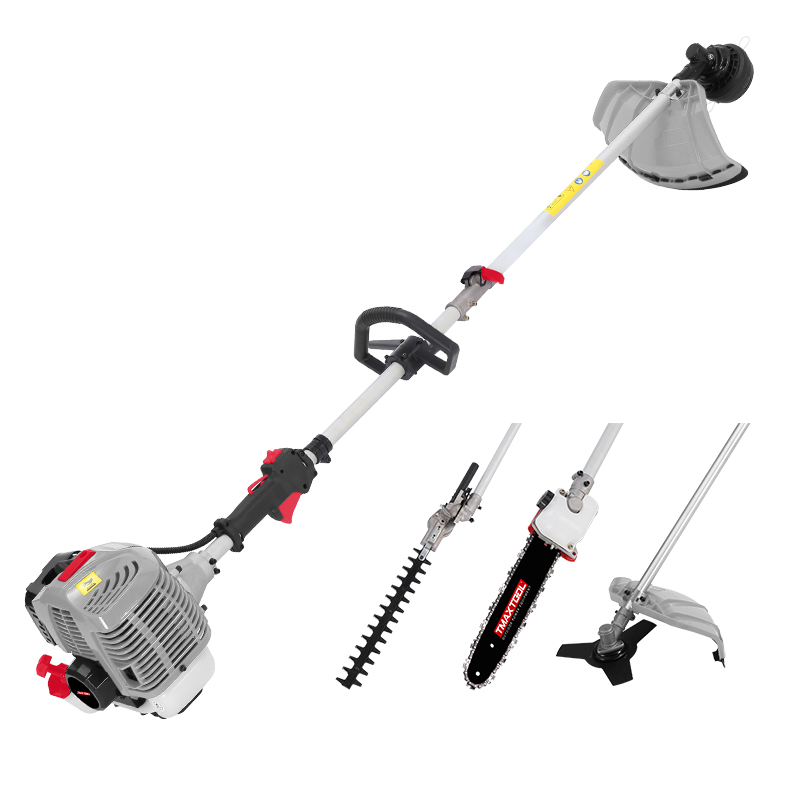 Multi Tool
Multi Tool
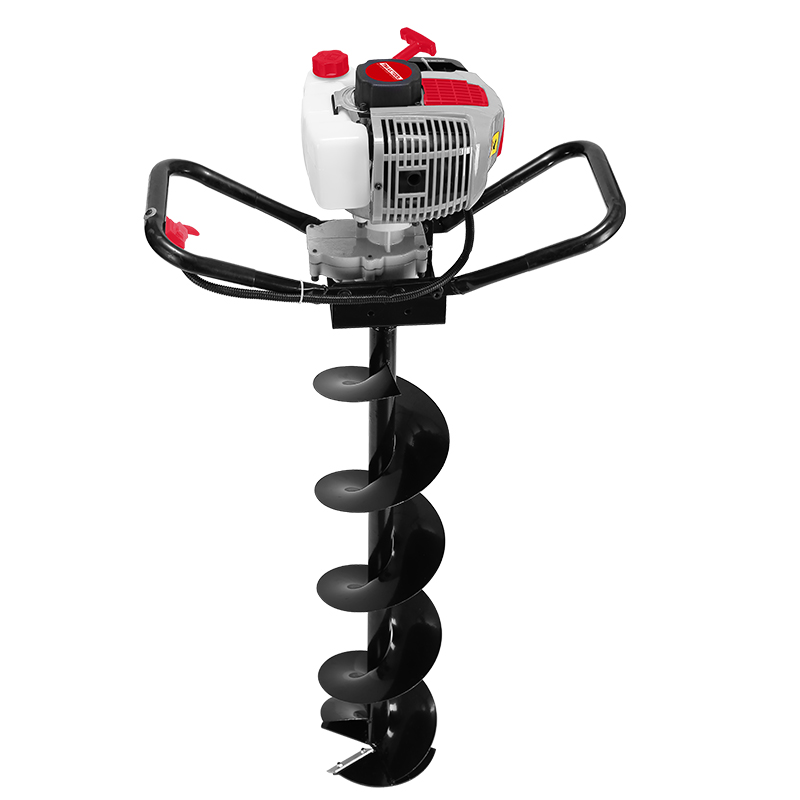 Earth Auger
Earth Auger
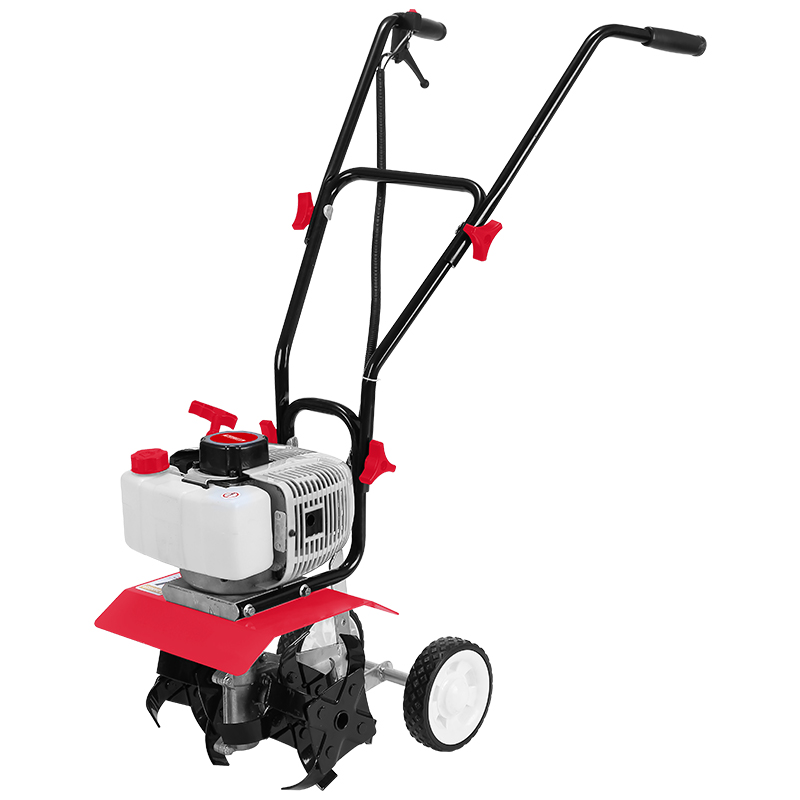 Tiller
Tiller
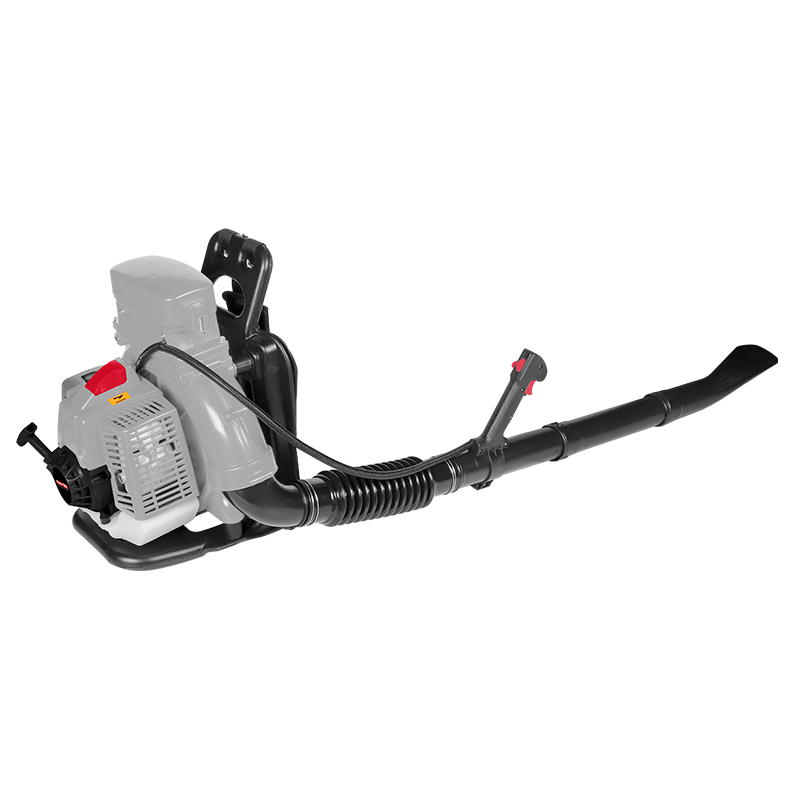 Blower
Blower
 4 Stroke Gasoline Engine
4 Stroke Gasoline Engine
 Generator
Generator
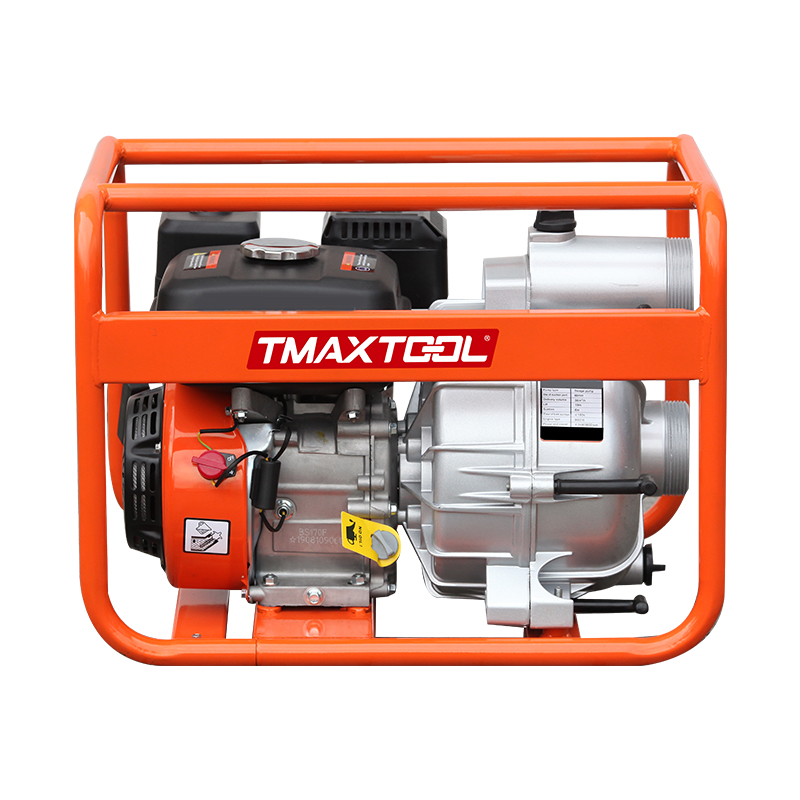 Water Pump
Water Pump
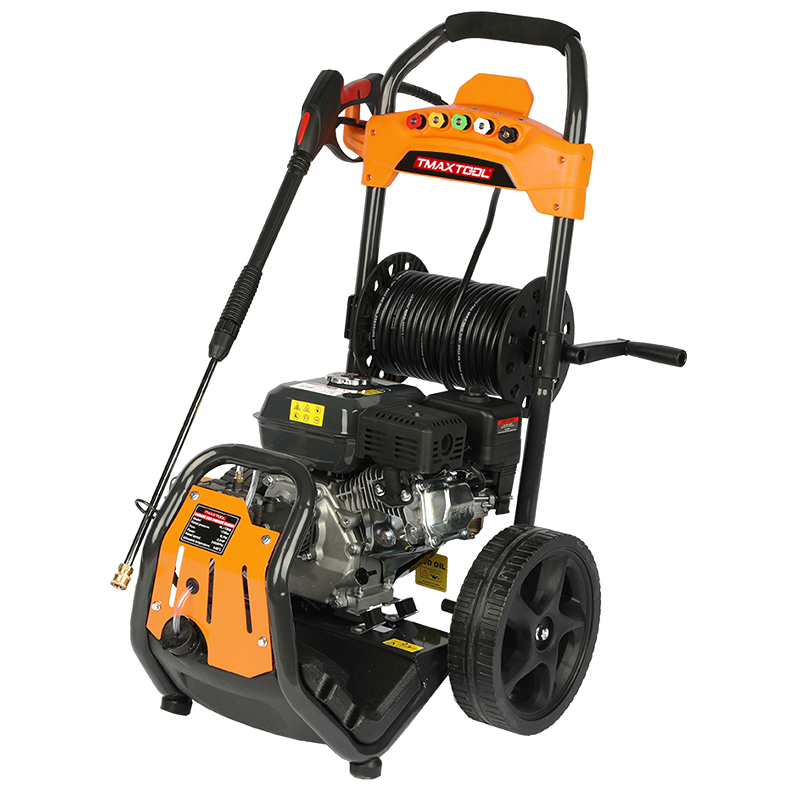 High Pressure Washer
High Pressure Washer
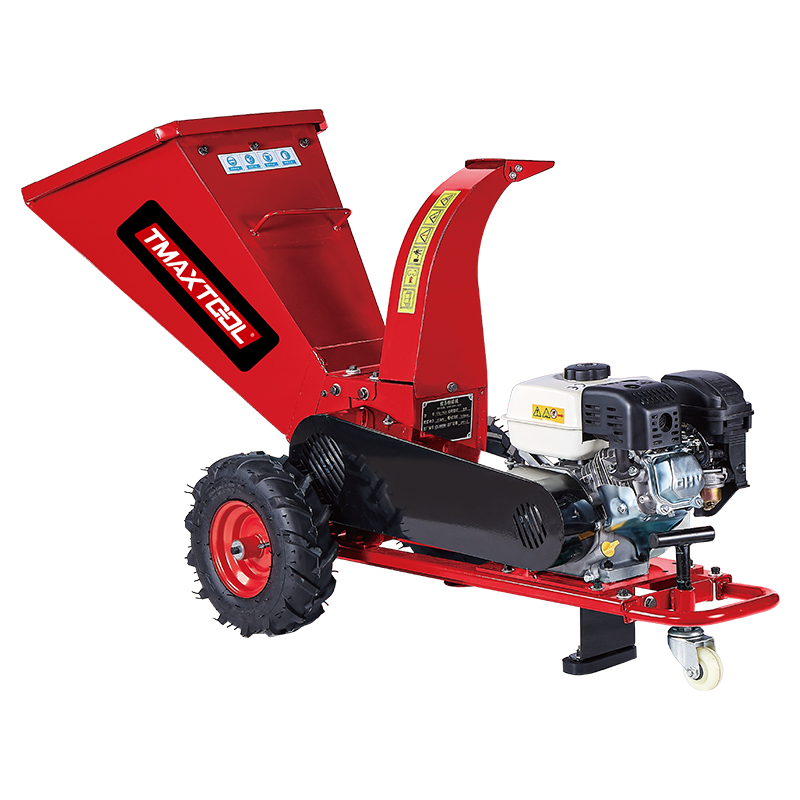 Wood Cutter
Wood Cutter
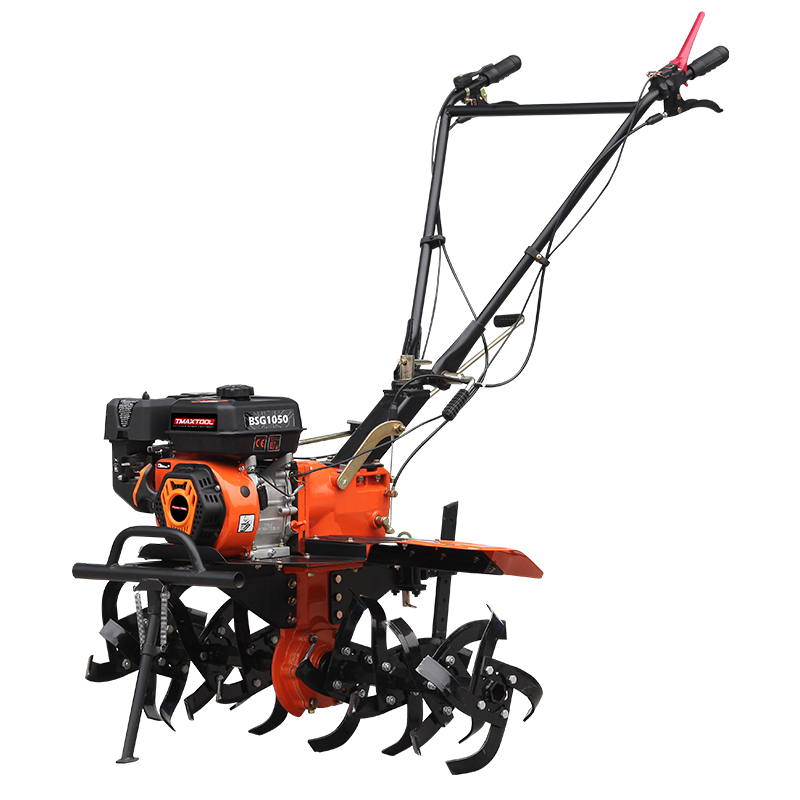 4 Stroke Tiller
4 Stroke Tiller
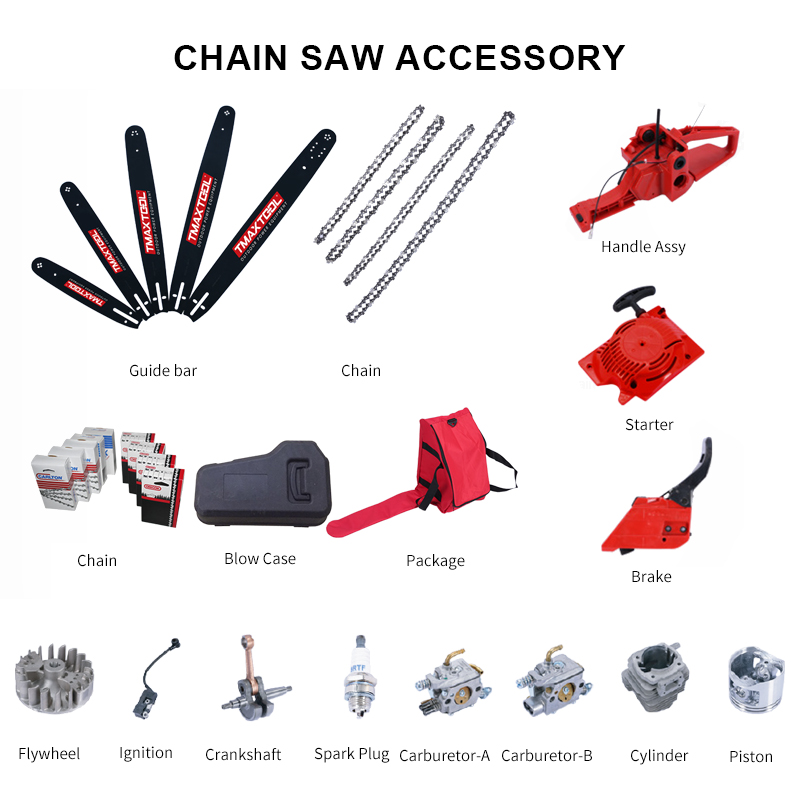 Chain Saw Accessory
Chain Saw Accessory
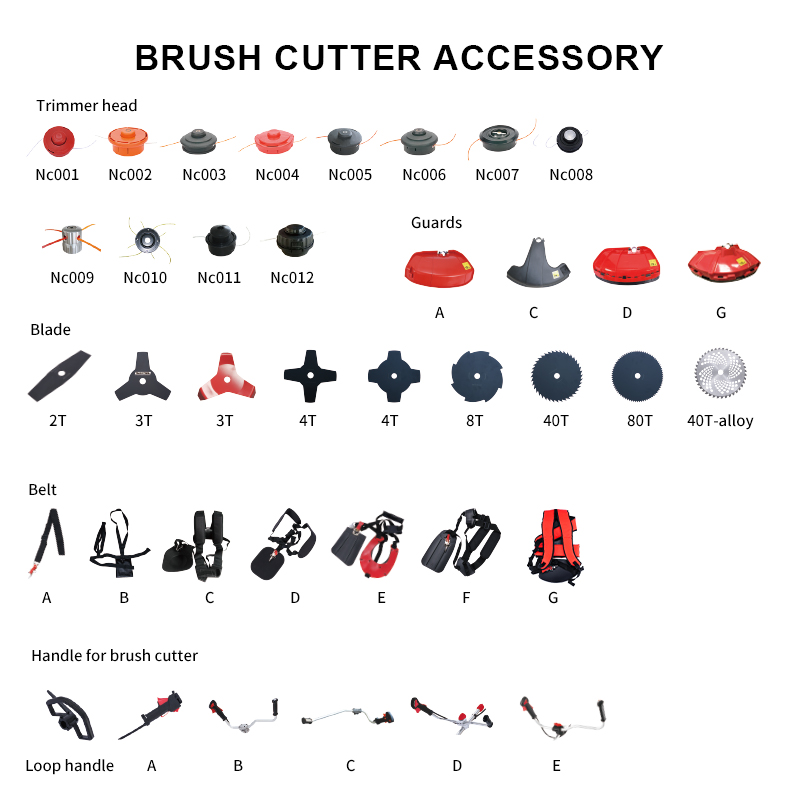 Brush Cutter Accessory
Brush Cutter Accessory
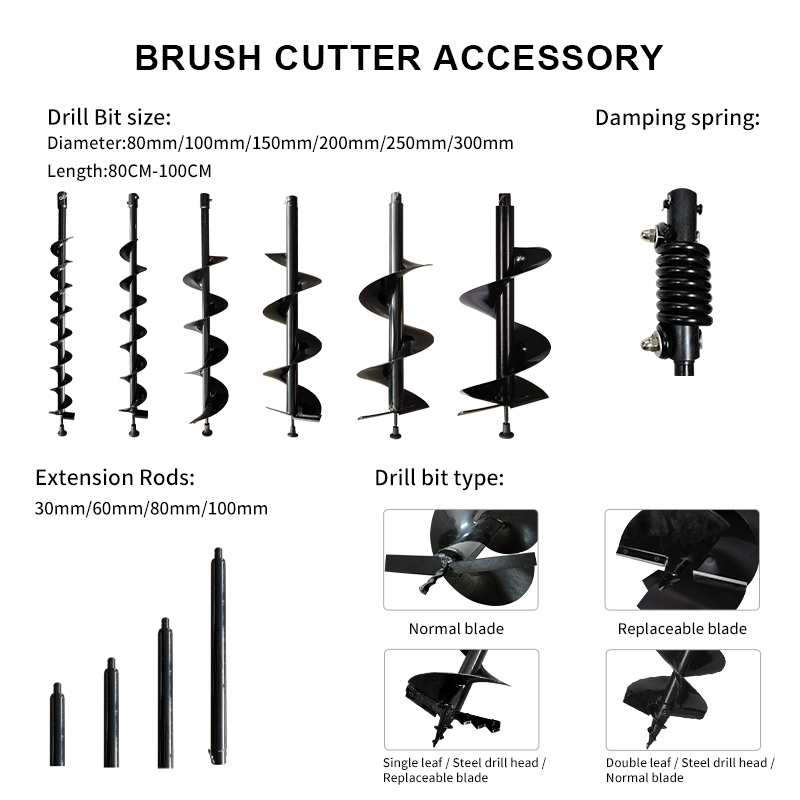 Earth Auger Accessory
Earth Auger Accessory
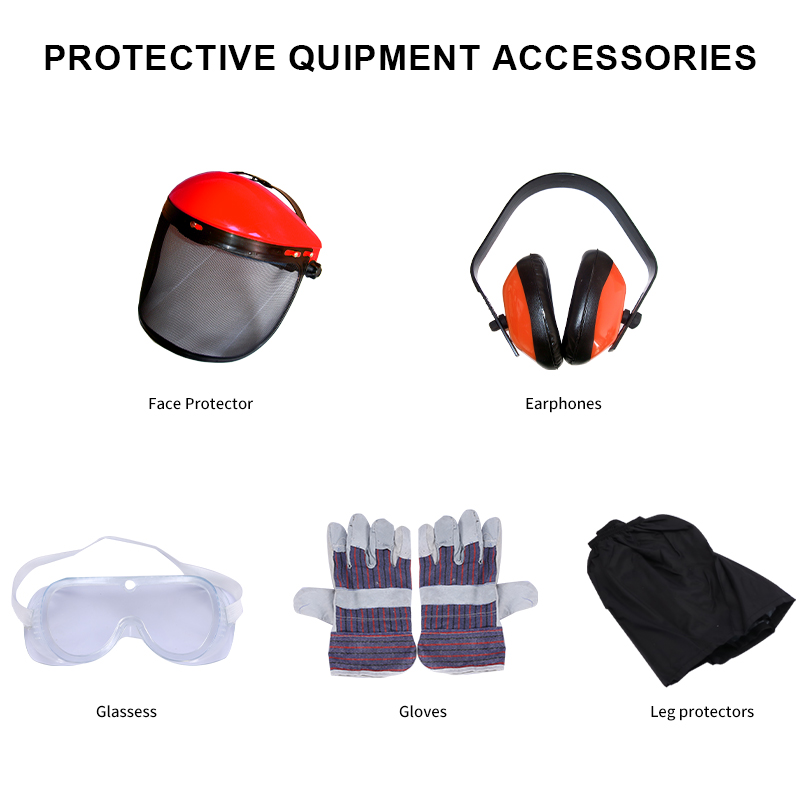 Protective Equipment Accessories
Protective Equipment Accessories













